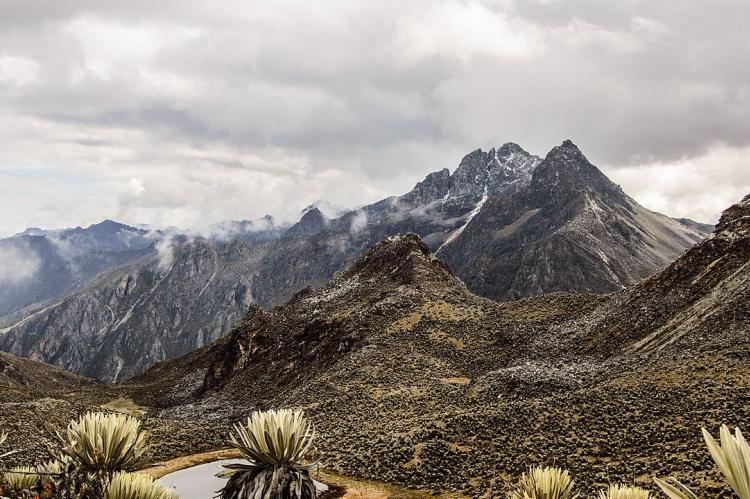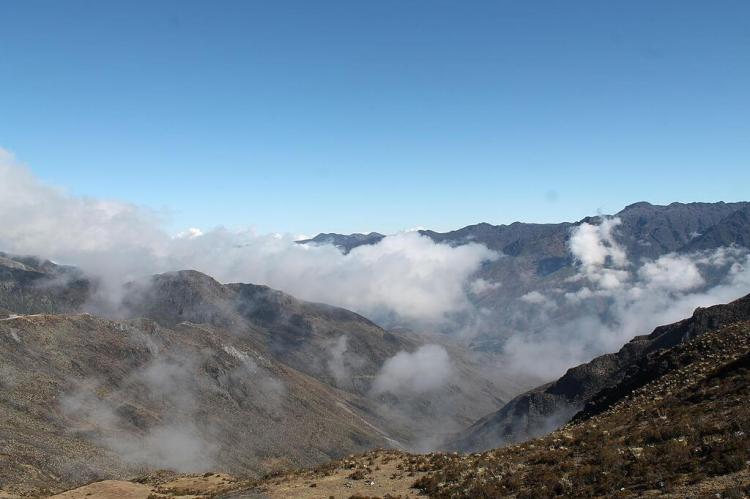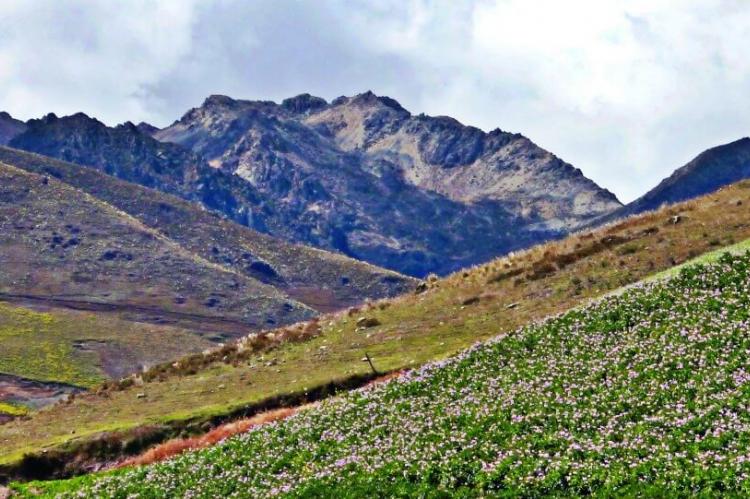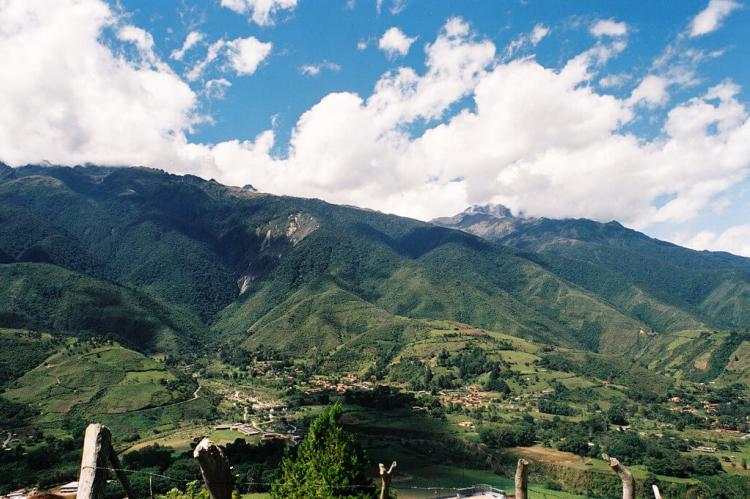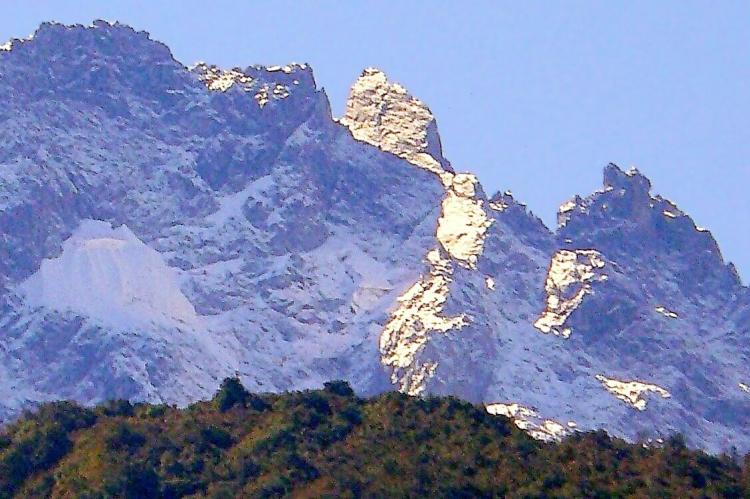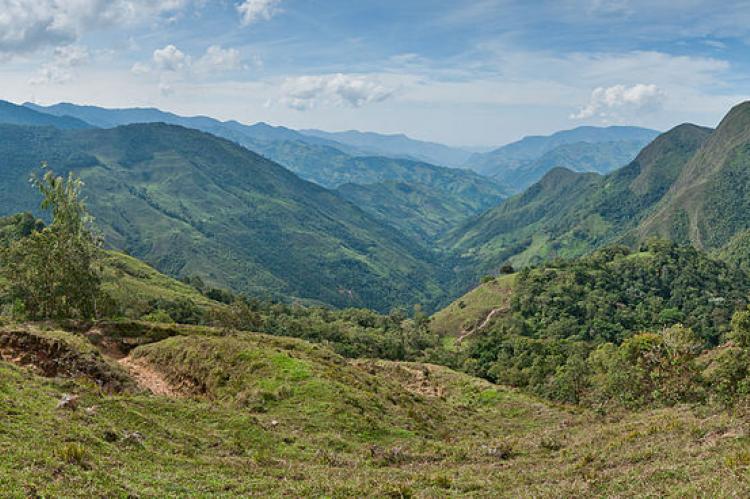Venezuelan Andes: Cordillera de Mérida (Venezuela)
The Venezuelan Andes form the northernmost extension of the Andes Mountains system. Cordillera de Mérida, commonly considered the proper Venezuelan Andes, along with the Serranía del Perijá, make up the Andean natural region of Venezuela.
Venezuelan Andes
The Venezuelan Andes, or Venezuelan Andean Cordillera, is a series of mountain ranges in Venezuela that form the northernmost extension of the Andes Mountains system, which extends along the entire western coast of South America. The Andes region is integral to Venezuela's Natural and Geographic Landscape.
The Venezuelan Andes can be divided into two sections:
-
Cordillera de Mérida: commonly considered the proper Venezuelan Andes
-
Serranía del Perijá: a much smaller section located along the border with Colombia at the western extreme of Venezuela in Zulia state
They have a common geological origin, which dates back to the Eocene period of the early Tertiary era, about 40-50 million years ago, coincides with the beginning of the contact of the three tectonic plates that began their orographic rise:
The Venezuelan Andes is considered part of the Tropical Andes, a climate-delineated region. The Venezuelan Andes montane forests ecoregion occupies the middle elevations of the Venezuelan Andes. This moist forest ecoregion encompasses the high-altitude cloud forests, representing an ecological barrier separating Lake Maracaibo's great basins and the Llanos of Venezuela.
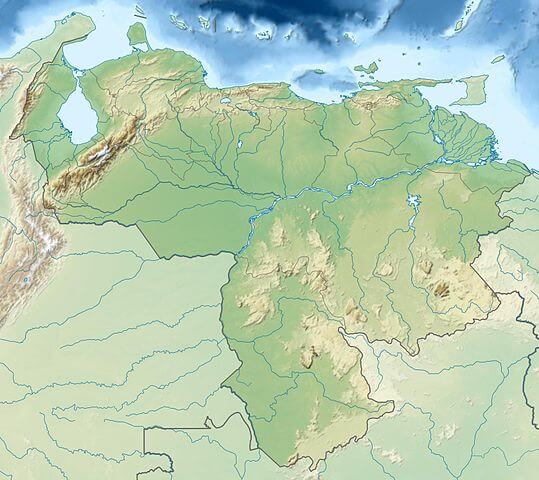
Relief map of Venezuela showing Cordillera de Merida and Serranía del Perijá in the upper left
Cordillera de Mérida
The Cordillera de Mérida is a massif (series of mountain ranges) in northwestern Venezuela. It runs southwest-northeast between its border with Colombia in the south and the Venezuelan Coastal Ranges in the north. The Táchira Depression separates the Cordillera de Mérida from the Cordillera Oriental, which occupies the southern Colombia-Venezuela border.
The Cordillera de Mérida covers almost all of the Venezuelan states of Táchira, Mérida, and Trujillo, the southern area of the state of Lara and portions of higher regions on the western side of the states of Barinas, Apure and Portuguesa. The Cordillera de Mérida can be divided into three subregions:
Western Venezuelan Andes
-
Macizo del Tamá
-
Páramos Batallón and La Negra
Central Venezuelan Andes
-
Macizo del Sur
-
Sierra Nevada de Mérida
-
Sierra de la Culata
-
Sierra de Santo Domingo
Northeastern Venezuelan Andes
-
Sierra de Trujillo
-
Sierra de Portuguesa
-
Lara Andes
Venezuelan Andes montane forests cover most ranges, although the highest elevations (above 3,100 m or 10,170 ft) are above the tree line. These ranges are home to the Cordillera de Mérida páramo, an enclave of the páramo (tropical alpine grasslands) of the northern Andes.
The Humboldt Glacier is located in this mountain range. In July and August, snow often covers the mountains above 4,200 m (13,780 ft) and sometimes above 3,800 m (12,467 ft). Protected areas in the massif include Sierra Nevada National Park and Sierra La Culata National Park.
Serranía del Perijá
The Serranía del Perijá (or the Sierra de Perijá) is an extension of the Cordillera Oriental in extreme northwestern Venezuela, along the border with Colombia. It ends in the Guajira Desert and separates the Maracaibo Basin from the Cesar-Ranchería Basin.
This mountain range forms the international boundary between Venezuela (Zulia State) and Colombia (Cesar Department). The range includes the Sierra Motilones, Sierra Valledupar, and Sierra Oca. The highest peaks are Cerro de Las Tetas at 3,630 m (11,909 ft) and Cerro Irapa at 3,540 m (11,614 ft).
Andean Natural Region
The Andean natural region, one of Venezuela's distinct natural regions, covers just over 5% of its territory and is the fourth largest of its eight natural regions. The highest point in Venezuela is located here. Cordillera de Mérida, along with Serranía del Perijá, make up the Andean natural region of Venezuela.
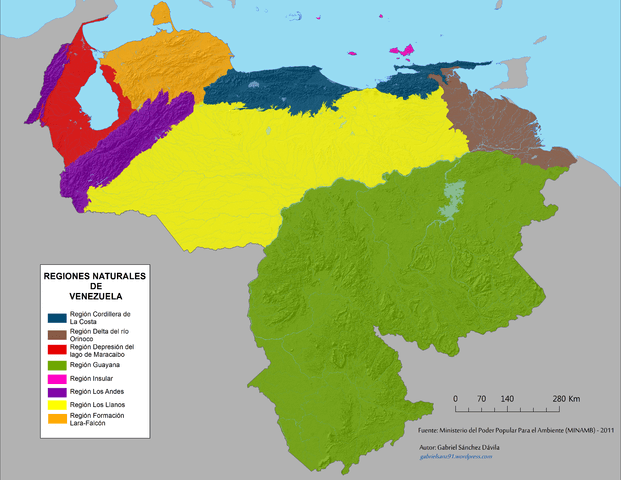
Map showing the natural regions of Venezuela
